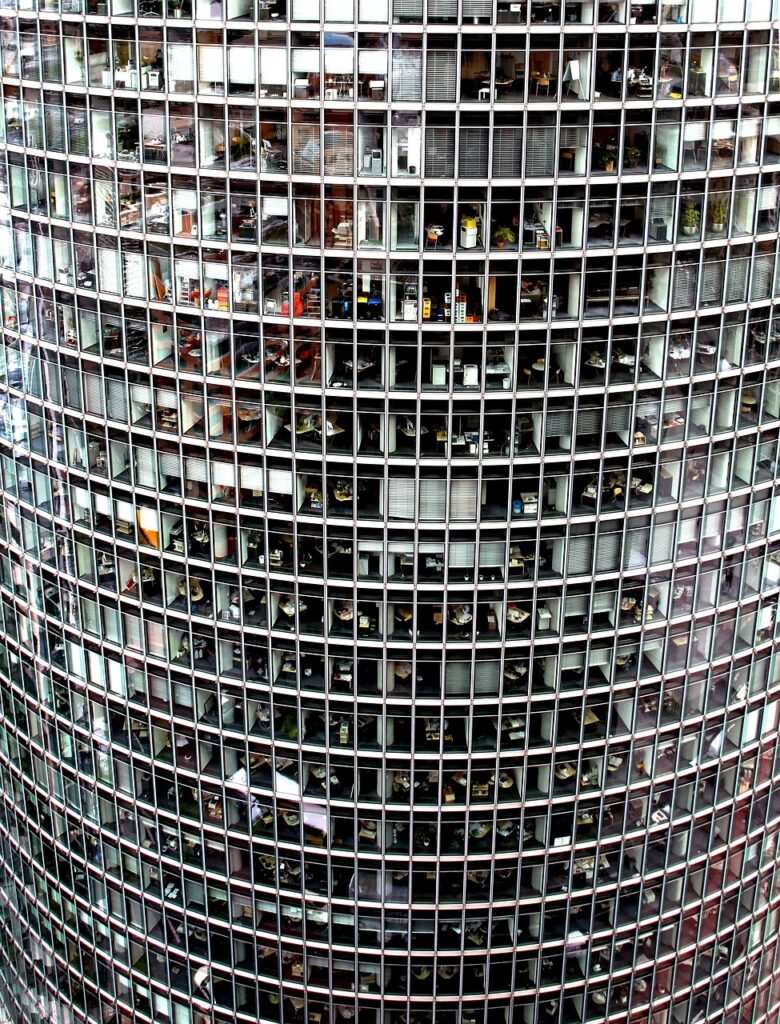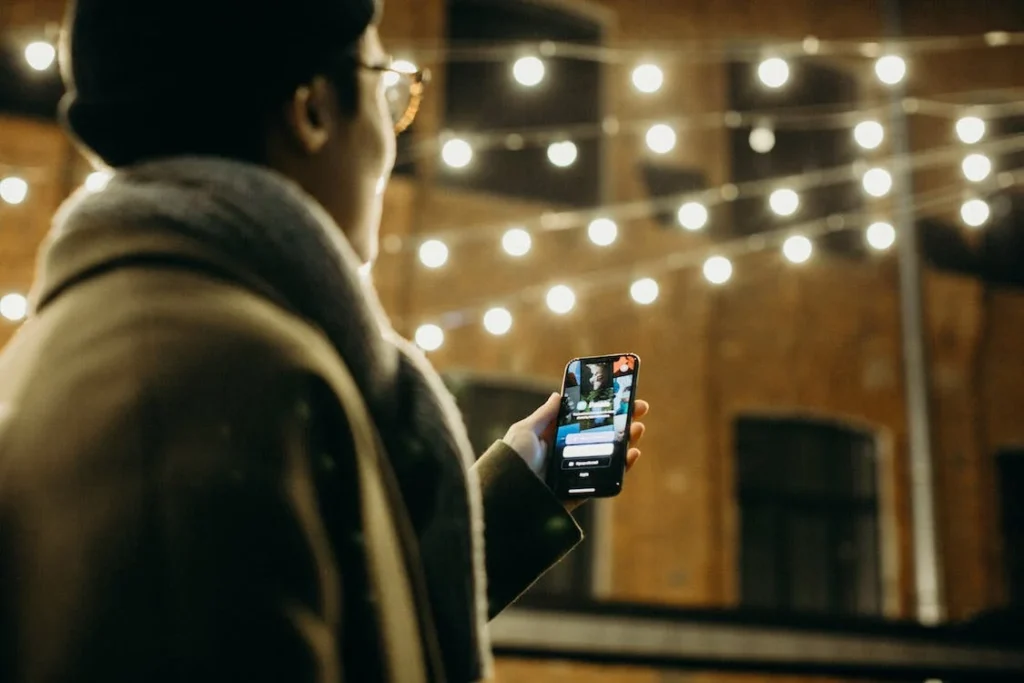Article by Eshita Nandy.
Augmented Reality (AR) is taken into account as a way that mixes a live view of varied things in real-time with virtual computer-generated images, creating a real-time ‘Augmented’ experience of reality.
It’s been one of the most important sectors of research for many years by scientists. Augmented reality seems like the technology of the near feature.
AR is going to change how business is done completely.
The core advantage of business in using augmented reality for smartphones and tablets is that the hardware is available, and the usage is intuitive and easily understandable by the average consumer. Augmented reality can be applied to various industries as and when required.
Augmented reality has been a hot topic in software development circles for several years, but it’s getting renewed focus and has been in the spotlight because of the development of products like Google Glass.
While, AR has helped development of highly addictive games like Pokémon Go and fun activities using Snapchat and Instagram filters, these applications are merely scratching the surface of what the tech can be used for overall.
However, the potential benefits of Augmented Reality within the business world increase the list and it can be seen that AR isn’t confined to those entertainment providing domains only.
The different applications of AR can become the backbone of the startups and small businesses to rework themselves into business with larger scales of operation. Apps are being developed which embed text, images, and videos, also as real-world curriculums.
By using augmented reality, we will be able to contribute to the business applications of AR Kit as well as create several innovative concepts to grow and market our business.
- Another Article by this Author – How You Can Use Data Science for Your Business
AR in Business

It is expected that “68.7 million people will use AR a minimum of once per month within the U.S.” and that the worldwide AR market is predicted to grow to about 198 billion U.S. dollars by 2025.
AR tech has entered into different business verticals and has great potential to drastically transform the e-commerce and marketing landscape.
It’s proven to be an ideal differentiating factor within the present competitive market.
Recently, research has been carried out to investigate factors in augmented reality business models, which actually help a business. The research is divided into three parts –
- The business aspect,
- User aspect, and
- Technology
Music and concerts were considered one of the best areas where immersive augmented reality would bring the most value to consumers. The survey was conducted across the world in 2019 and it was found that 55 percent highlighted these two areas.
Sports and films were next with around 50% voting in favour of them.
A ripple effect of which can be seen from the fact that the AR market size, which was USD 67.5 million in 2019, is expected to magnify to USD 1848.9 million in 2025 – which is quite a huge growth rate!
But, if you’re still wondering about the advantages of Augmented Reality (AR) within the business spectrum, mainly for the successful growth of your startup and how you can successfully use AR for your business, well, look no further.
This article is going to lay down before you of the role and impact of augmented reality in various sectors and businesses as well as how you can actually use AR for your business, e-commerce or marketing purposes.
In this manner, I will aid you to organize your startup for a ‘digitally augmented reality’.
Before we start going in deep on how augmented reality can help us spice up our start-ups, let’s first get our basics clear and know what Augmented Reality (AR) technology is and the working of AR.
Both Augmented Reality (AR) and Virtual Reality (VR) are presented via 3D HD video and audio. And both technologies stem from the same idea of immersing users into a digital environment.
Although, they have similar functions, AR and VR perform quite differently.
While VR intends to immerse the user into a virtual world, Augmented Reality partly overlays virtual objects over our real world.
Why Augmented Reality Can be Useful?

Though not at its full bloom, augmented reality features present hugely advantageous characteristics to supply the business domain. As per Digi-Capital’s recent report, AR applications can reach 3.5 billion installed bases and up to $85-90 billion within 5 years. Meanwhile, VR’s numbers are 50-60 million installed bases and $10-15 billion.
Augmented Reality can provide several key benefits to start-ups, their brands, and the organization too. Here are some immediate benefits that your business can enjoy if it uses AR-
Benefits:
- It attracts a broader audience as there’s no need for extra devices.
- Brands have access to detailed analytics enabling them to understand their audience.
- It can be accessed via a mobile phone and, therefore is hugely accessible to a rapidly growing smartphone market.
- It may be a buzz-worthy and noticeable technology.
- It makes the user experience through its application memorable.
- It increases engagement and interaction and provides a richer user experience.
- It creates personalized content to improve engagement among its users.
- Research has shown that AR increases the perceived value of our products.
- Well implemented AR activity conveys innovation and responsiveness from forward-thinking brands.
- It is a cheap alternative to other media platforms as no specific media must be purchased. As such, it is a great marketing hack. In fact, if added with any other digital marketing technique, for example, influencer marketing, AR can be very powerful in acquiring potential leads and customers and eventually provide an evergreen marketing strategy.
AR in Startups

$542 million amount of funding was achieved by an AR start-up called Magic Leap.
A bit like its name, the funding leap was made possible by contributors like Google, Kleiner Perkins Caufield & Byers, and Andreessen Horowitz. So, not just large companies, but AR start-ups can also scale big with a good idea!
Now, as we have come to know the main concept behind AR and its beneficial characteristics, let’s uncover how this technology is used in start-up businesses across different industries. This would surely help us to plan how to come up with interesting augmented reality business ideas and eventually, gain higher profits for our start-ups.
AR has perforated into several industries and sectors of which gaming, retail, food, and travel & tourism are the highest on the list.
However, the utilization cases of AR aren’t confined to those business verticals. Augmented Reality technology has helped entrepreneurs address core challenges and make better profits in various other industries. Some samples of industry-specific applications are as follows:
- Automotive
- AR in-car dashboards help to provide drivers with a wide range of technical and travel information.
- It acts as a virtual instructor for everyday maintenance (i.e., changing oil, checking tire pressure).
- Consumer/Retail
- It benefits driving product sales through activating additional brand content (i.e. music videos, TV footage).
- It activates virtual product demos using AR-enabled packing.
- Education
- It increases engagement in learning by augmenting historical and cultural locations.
- It helps to provide augmented induction processes for brand For example, a campus tour can be organised via an AR app that guides those who are interested in taking the tour.
- Manufacturing
- AR can facilitate and accelerate the building processes at the factory.
- Project managers can monitor work progress in real-time through AR markers on equipment.
- Besides, it can save plenty of your time using digital maps in factories. Another interesting application of AR is that when workers are assembling a device or good, they can by pointing their phone into a machine part, see how the piece of a machine will fit the final construction.
- Financial
- Geo-tracking AR can be used to locate the nearest bank facilities.
- AR activated bank cards can be used that allow us to see account details (i.e. balance, savings, latest transactions).
- Tourism and Heritage
- Displaying augmented exhibition content for premium museums /gallery visitors.
- It gives virtual tour guides for specific city tours (i.e. culture, food, and drink, historical).
- Home Design
- Suppose, you want to buy some furniture for your house. Wouldn’t it be nice, if you went to an online furniture store and selected any furniture and you could point your phone to any part of your house to see whether the furniture would fit in with your home decor or not? Well, the tech actually exists and is running very successfully.
- Personal Use
- LensKart actually uses this feature where you can see how a spec would look on your face by using AR with your phone camera!
How to integrate Augmented Reality into your start-ups?

#1. Do market research
Rather than going with the hype, the foremost requirement is that we dive deep into the business market which we want to target as well as the target audience; and attempt to understand the potential of technology.
It may be a must that we invest most of our effort into augmented reality marketing research alongside competitive analysis to ascertain what AR can be used for, what its future is, and the way the technology can help to create a special image for your brand within your niche.
#2. Examine Internal Business Challenges
While understanding how others are making profits from AR will help us to establish our AR-based strategy, it is crucial to understand the limitations of our traditional business processes.
That implies exploring the various segments of your business and bringing the individual teams on board to urge a transparent picture of what challenges they’re facing or expect to face if AR is used.
After that you need to brainstorm ways to mitigate these problems or minimize them so as to continue smooth business operations.
#3. Bring Business and other people together
- AR should be implemented so that it bridges the gap and creates opportunities for businesses to succeed with their audience.
- This means customers can experience the products or services as they’re meant to be in a much user-friendly and effective manner.
- AR can be used as a sort of marketing tactic to attach with the consumers meaningfully and creatively.
- This new sort of marketing isn’t only effective but it is additionally budget-friendly as compared to traditional sorts of marketing.
#4. Train Employees via AR
Training and educating the workers using AR are often a highly immersive and interactive method of learning as well as helps familiarize the workers in using Augmented Reality themselves.
Trainees can run through AR scenarios as many times as they need to thoroughly understand an idea or a procedure.
Furthermore, using AR for training creates an interactive and immersive experience across multiple senses, which can help the trainees perceive things better and learn faster.
#5. Allow Customers to try before they buy
It’s natural for potential customers and leads to try various products before buying them. That’s the reason so many businesses try drastically to offer freemium memberships as well as other forms of trials to pull customers in.
With AR, you can take trial runs even to goods and products.
For example using cosmetics via AR using nothing but the customer’s phone or allowing AR driven automobile test drives or letting you sample furniture are few examples which make customers go crazy about!
It helps them make an informed decision as well as makes up for good word of mouth advertisement for you!
- To make this attempt to buy system a far better one for patrons, augmented shopping plays a crucial role here by allowing them to try out the products before they buy.
- The applications of augmented reality in these sectors have already begun to multiply as more businesses have begun to realize the advantages of its presence.
- g.: Brands like Sephora, L’Oréal, and excellent Corp allow their customers to ascertain how the makeup would look on them digitally with the assistance of augmented reality technologies.
#6. Augment Branding Materials
Augmented reality has the facility to promote branding for your business via offline elements like cards, pamphlets, leaflets, and brochures by implementing the virtual component.
Customers can now easily scan printed materials with their mobile devices to access a variety of features and giving them more information as well as allow them to interact with the merchandise.
- For instance, a user can scan a brochure within the right spot to find hidden messages or coupon codes, bringing a dynamic element to the static text on the brochure.
Augmented reality is more than just a novelty or a new frontier in the startup world for entrepreneurs. It stands to be one of the driving forces behind sales and marketing innovations over the next decade.
Using AR, forward-looking businesses will be able to upgrade the experience they offer to their customers, leading to increased business opportunities and sales.
How Startups are already using Augmented Reality
#1. WayRay – Holographic Navigation Systems
- To pay constant attention to the road and gather out all the required information about various locations and mapping is merely possible with the assistance of augmented reality through holographic navigation systems.
- They do so by integrating the virtual information about your present location to supply ongoing localization and mapping.
WayRay adds augmented reality to the route to point drivers the precise direction which is often adjusted simultaneously during the vehicle’s movements and interaction with other cars.
It uses holographic optical elements that cause AR projection on the windshield.
#2. Continental – Warnings and Alerts
Augmented Reality in the transport sector can help boost security of drivers, which is why AR applications are on an arms race trying to provide immediate warnings and alerts to drivers in order to minimize road accidents.
After analysing the road conditions and calculating speed limits, these apps and platforms supply an instantaneous warning if a driver is changing lanes or doing something erratic that may cause for an accident.
For example, German Continental’s subsection start-up works on an Augmented Reality device that mixes intelligent adaptive cruise control (ACC) with the sensor head-up device – basically a lot of complicated technology that tries to forewarn the drivers of impending accidents after analysing the speed of the car along with its proximity to other cars.
#3. Yeppar
For instance, Indian start-up Yeppar has developed an Augmented Reality app that, in its own words –
Yeppar allows you to augment your product, flyers, postcards, packaging or any other item with interactive content, including videos, image slide shows, link to your Brand’s social profiles, reviews and much more.
Here’s Yeppar in action-
#4. Grib 3D Modelling
Grib is for 3D modelling, with no need for 3D software skills. You can just easily download the app and begin modelling.
All that you need are just a pen, paper, and your phone.
It gives an entirely new experience to create upon primitive shapes and/or simple 2D sketches, create 3D parts, put them together, modify them and even create complex models.
#5. Oho Cards
Oho Cards allows you to use augmented reality technologies to style beautiful and realistic looking greeting cards.
It also allows the purchasers to send greeting cards that play video in augmented reality. Oho lets you order augmented reality cards right from your phone.
However, this appears to be more of a gizmo than having real usage.
Wrapping it Up
To lay it out straight, Augmented Reality tech is still in its infancy. However, businesses are recognizing its immense potential. Companies like Apple, Microsoft and Facebook are heavily investing in this platform.
Since, it presents a great opportunity to become trendy in this world that’s connected by the internet, businesses need to utilize this tech to latch onto trends and waves of this tech.
If you are a travel company, you could easily organize competitions of having secret coupon codes or 100% discounts in travel organized by you on landmarks throughout cities. People would have to hunt for these locations and use AR to scan normal graffiti to find these codes.
Events like these provide free advertisement opportunities for your brand and have huge chances of getting viral. This is a type of propaganda advertising where more people can know about your brand.
As such, I’d suggest implementing Augmented Reality in your business ASAP and let me know how it goes!
Have any questions? Then leave a comment and I will get back to you.
If you liked this article, then do give it a share!
For any queries or help with your startup, feel free to book a free consultation with us. You may also check out our list of services if you need any help with your business efforts.
- Read Next: Best WordPress Hosting Provider Convesio? Review (2022)
- Revenue Models that Your Business can Experiment With!
- All about Creating a Proof of Concept
Author Bio: Eshita Nandy is a B.Tech student in IT. Gauhati University Institute of Science and Technology and is currently interning at WinSavvy. Connect with her at LinkedIn.





















